Science fiction has a rich history, some of which I discussed in my Defining the Genre series, but one of my favorite eras to look back on is the early pulp magazines. They were brightly colored, evocative, and sometimes even a little (or a lot) risqué. While science fiction magazines still exist today, as in my number 10 pick, there’s always something fun about seeing where they’ve been. I have picked out 10 notable science fiction pulps that all sci fi fans would appreciate.
1. Amazing Stories (1926-2005)
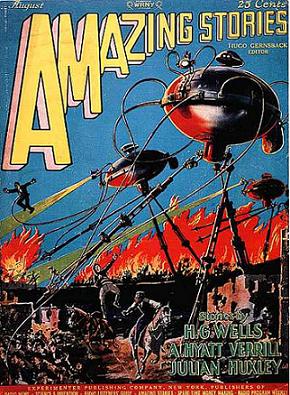
August 1927 issue
Amazing Stories has the distinguishing quality of being the first magazine dedicated solely to science fiction. Running for 80 years, Amazing Stories went through several transitions in leadership before it finally was canceled in 2005. While as a magazine itself it really didn’t have a significant impact on the genre of science fiction as far as adding content, it is noteworthy for being the first of its kind. The novella Armageddon 2419 A.D. by Philip Francis Nowlan made its first appearance in Amazing Stories in August 1928, which was the first story to feature the character Anthony Rodgers, who grew in fictional fame to be “Buck” Rogers.
2. Wonder Stories (1929-1955)
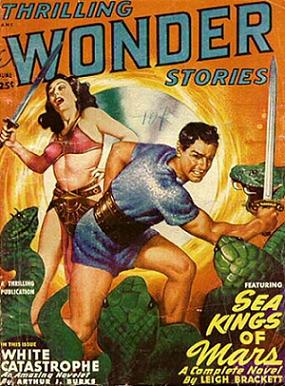
June 1949 issue
Wonder Stories, under various titles, has something in common with Amazing Stories: it was started by publisher Hugo Gernsback. After he lost control of his publishing company due to financial difficulties, he started up three new magazines, two of which — Air Wonder Stories and Science Wonder Stories — were merged into Wonder Stories. In the early 1930s, Wonder Stories was one of the most prominent sources for science fiction. While Amazing Stories may have been truly a pulp, Wonder Stories and its editors really tried to develop their authors and deliver quality content, and it’s notable for having some of the first “science fiction” stories that were centered around character development.
3. Startling Stories (1939-1955)

November 1939 issue
Startling Stories was a companion publication to Wonder Stories, and was mainly directed at younger audiences. While other subgenres were present, the most noticeable branch of the science fiction family tree to be featured through this publication was that of the space opera. Startling Stories boasted such authors as Stanley G. Weinbaum, Leigh Brackett, Jack Vance, Frank Herbert, and Arthur C. Clarke. Frank Herbert’s third-ever published short story “Looking for Something?” was featured in the April 1952 issue, and Arthur C. Clarke’s first novel Against the Fall of Night was first published in the November 1948 issue.
4. Planet Stories (1939-1955)
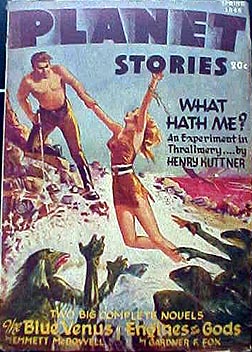
May 1946 issue
Planet Stories was one of the survivors after World War II, when many publications were shutting down due to rationing and a changing view of science fiction. While the genre began taking on the traits and concerns of a post-nuclear society, Planet Stories had a unique brand of swashbuckling adventure science fiction that appealed to a younger generation of up-and-coming sci fi fans. Authors that have been published in Planet Stories include but in no way are limited to: Poul Anderson, Ray Bradbury, and Philip K. Dick.
5. Galaxy Science Fiction (1950-1980)
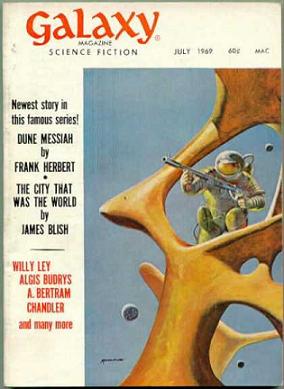
July 1969 issue
Galaxy Science Fiction came about during the boom in the science fiction genre that occurred after World War II. The nation and the world were recovering from the horrors of war and needed an escape. Publishing veteran Horace Gold was the first editor for Galaxy and he managed to wrangle stories from some very well-known authors for the first issue including: Isaac Asimov, Fritz Leiber, and Theodore Sturgeon. Ray Bradbury’s story “The Fireman” was first published in Galaxy; it was later expanded and became the classic Fahrenheit 451.
6. If (aka Worlds of If) (1952–1974)

July 1964 issue
If was the sister publication to Galaxy for a long time and shared many of its editors and talent. It had a long run, but even so, when it tried to revive itself in 1986, it only lasted one issue. As with many of the publications on this list, it boasted some of the most talented authors during this era of science fiction, including Harlan Ellison, Arthur C. Clarke, James Blish, Larry Niven, and Robert Heinlein. If even managed to get a new “Skylark” novel out of science fiction veteran E.E. “Doc” Smith. Most notably (albeit probably just in my eyes) The Moon is a Harsh Mistress by Robert Heinlein was first featured here.
7. Fantastic Universe (1953–1960)
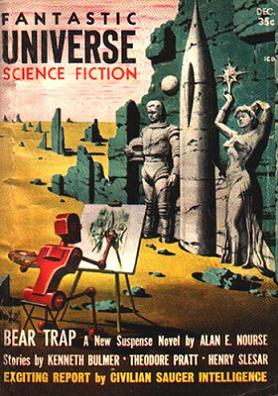
December 1957 issue
Fantastic Universe is another publication that emerged in the pulp boom of the 1950s. It would host many of the famous authors of the era as mentioned in some of the other publications. Fantastic Universe, through its editor Hans Stefan Santesson, grabbed onto the UFO craze of the time and often would run stories about this subject as it was a tool to sell more copies. Possibly one of the most important stories to come out of Fantastic Universe was “The Minority Report” by Philip K. Dick, which later inspired the movie by the same name.
8. Omni (1978-1995)
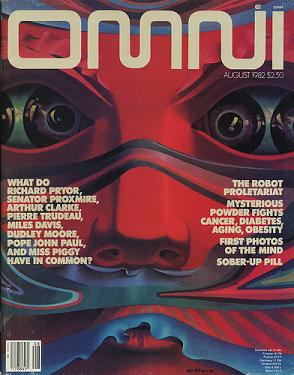
August 1982 issue
Omni, started by Kathy Keeton, had an Internet version lasting until 1998. This publication was devoted to more than just science fiction; it also included articles on science fact. Omni‘s target audience was a little older than the high school crowd — someone who considered themselves a science enthusiast, although probably not a science professional. It also featured some of the newer era science fiction and fantasy writers such as William Gibson, Orson Scott Card, and George R. R. Martin.
9. Asimov’s Science Fiction (aka Isaac Asimov’s Science Fiction Magazine) (1977–present)
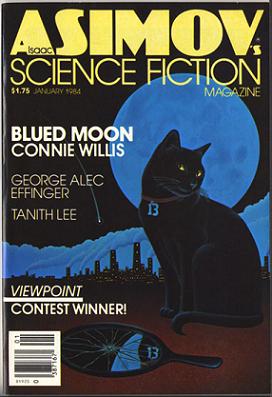
January 1984 issue
Asimov’s Science Fiction began its publication history as a digest magazine; however, over the years its style changed. Isaac Asimov not only lent his name to the magazine, but wrote editorials for it and responded to reader mail. Asimov’s Science Fiction has the distinction of still being published today and includes novellas, novellettes, short stories, poetry, and editorials. Their stories tend to be character driven and less focused on the science of science fiction, but it has maintained a high literary quality over the years.
10. Analog Science Fiction and Fact (1930-Present)
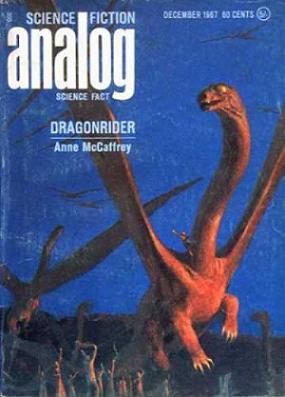
December 1967 issue
Analog Science Fiction and Fact not only has the distinction of being one of the earliest science fiction pulp magazines, it also has the distinction of being the longest-running science fiction periodical. Originally titled Astounding Science Fiction, it changed names and styles with the times and has been as enduring as the genre itself. Science fiction great John W. Campbell, Jr. worked as its editor, followed by the prolific Ben Bova. Stanley G. Weinbaum, Robert Heinlein, Anne McCaffrey, A. E. van Vogt, Isaac Asimov, Orson Scott Card, Timothy Zahn, and many of the best known science fiction authors have had their work featured in Analog (some under its original name, Astounding).


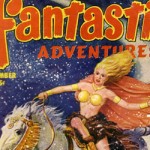



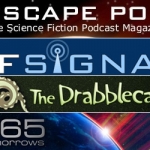
Crazy: I have a notecard of that exact Startling Stories cover on my bulletin board, sent to me by a friend a year ago.
Pingback: Vintage Geek: 5 Fantasy Pulps | Fandomania